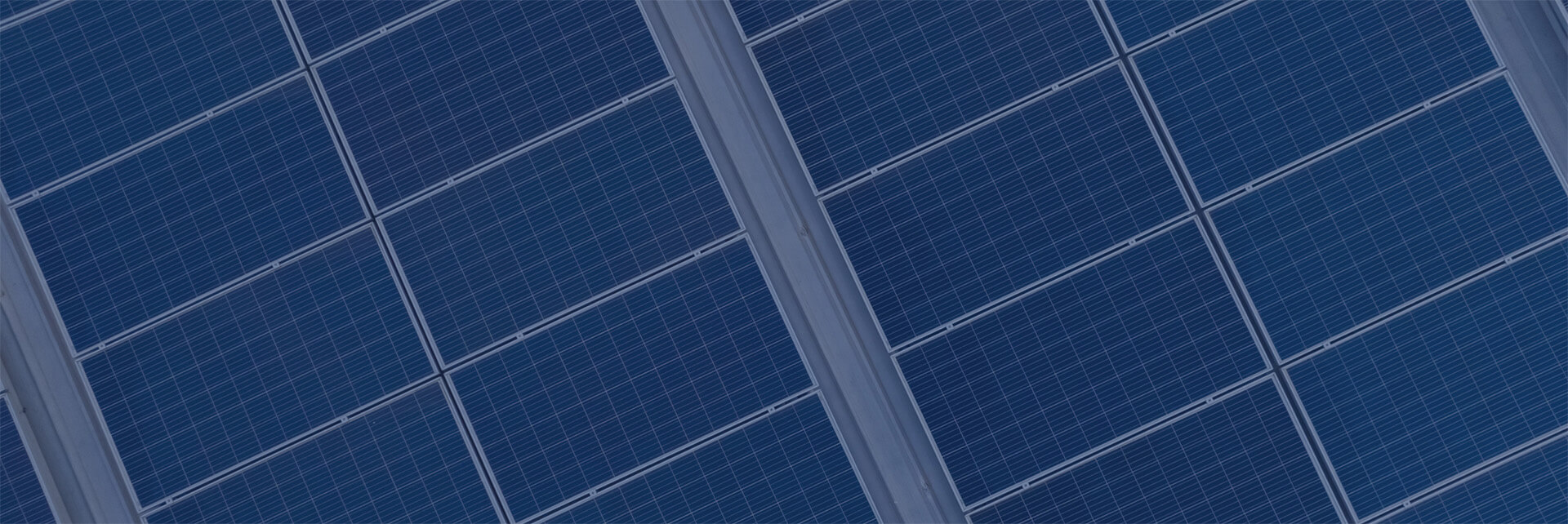We need to change the way we look at the economy. There are lots of things that we don’t measure well.
Christine Lagarde, IMF Managing Director
If you’re starting here, I suggest you read What’s the Payback of Solar Energy? it’ll help you understand why ‘payback’ is a poor way to measure renewable energy system benefit and why Levelized Cost of Energy, or LCOE, is an important alternative.

Levelized Cost of Energy is a means of comparing the cost of energy from multiple sources. It can be applied to any generation source (nuclear, hydro, wind, natural gas, solar, etc) to compare one against the other.
Compared to payback, LCOE is not dependent on a changing value (ie the current cost of electricity). Here’s how it works in simplified terms:
- Take the lifetime cost of an energy generation system;
- Divide by all the kWh it’ll generate over that lifetime; and
- The result is the equivalent value of electricity generated by the system, or LCOE
Nominally, the current price of grid electricity is equal to the aggregate LCOE of all the generation systems contributing to the grid, based on the long term contracts negotiated by the IESO. It’s what the producers need to get paid to pay off their initial investment and their ongoing costs. When the price of electricity goes up, it means that new costs have arisen, costs that were not anticipated when the system was built or the last time pricing was negotiated. These might include fuel costs, labour costs, maintenance and repairs, environmental costs, legal costs, etc.
Let’s calculate LCOE: we’ll reuse that same $1000 investment example. Imagine building a power plant for $1000 that generates 600kWh/year of clean electricity for 10 years. That’s 6000kWh total over 10 years. $1000/6000kWh = $0.17/kWh. (ie the LCOE, or levelized cost of energy, from the clean energy system is 17 cents/kWh.)
You can compare that cost to other ways of buying electricity. If the cost of buying grid electricity is, say, 15 cents/kWh, your choices become:
- Buy grid electricity at 15 cents/kWh today and deal with what ever changes come over the next 10 years, or
- Buy the clean power system for $1000 and lock in your cost of electricity at 17 cents/kWh for the next 10 years.
Of course it’s more complicated than that! A good LCOE calculation needs to take into account additional factors (like time value of money, ongoing costs like preventative maintenance, incentives that may apply, and possibly even taxation) but LCOE is stable and creates a direct comparison to other ways of buying electricity. If the LCOE of clean energy is higher than grid electricity you can decide if you’re willing to pay that premium for the additional benefits of clean energy. You are in control.
Naturally, LCOE varies based on system details, especially system size. Larger systems, like those for commercial applications, generate lower LCOE values and are correspondingly more attractive. That said, even residential scale systems can generate LCOE values in the 15 to 20 cents/kWh range, which is comparable to the current cost of electricity. In other words, you can make your own residential clean electricity for about the same cost as buying electricity from the grid, and in the case of larger commercial systems, less.
I hope you found this useful! If you want a deeper dive into LCOE, check this out.
